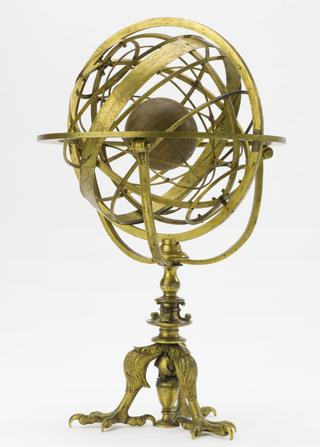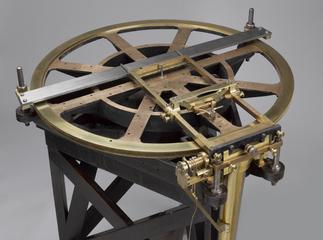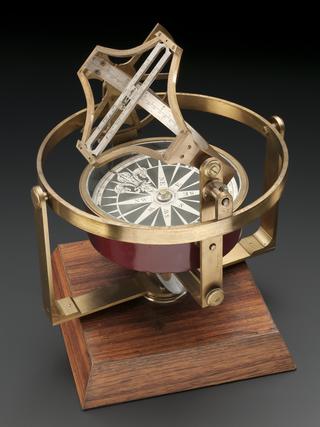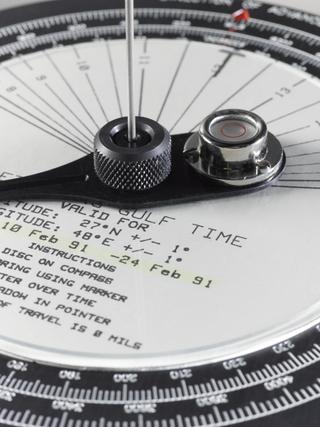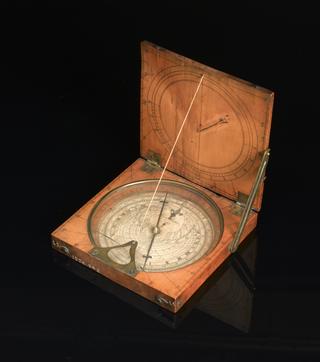






Brass-bound lodestone, maker unknown, Europe, 1675-1700.
Lodestones were used to re-magnetise compass needles, which gradually lost their magnetism over time and prevented the compass from functioning correctly. The owner of this lodestone is unknown, but they probably owned a magnetic compass and took this lodestone with them when they travelled.
Details
- Category:
- Navigation
- Object Number:
- 1952-313
- Materials:
- brass (copper, zinc alloy) and iron
- Measurements:
-
overall: 55 mm x 55 mm x 30 mm, .15kg
- type:
- lodestone
- credit:
- Howgrave-Graham, Robert Pickersgill

